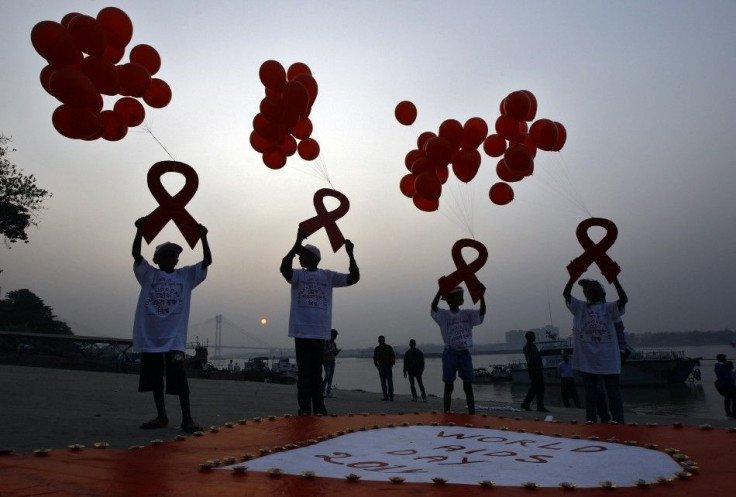Cure For AIDS In Sight As Scientists Zero In On Methods To Neutralise Drug Evading HIV

Scientists in the United States, working on a remedy for AIDS said they have come across important clues about how HIV manages to evade detection after being suppressed by drugs. The sleeping virus that mutates and escapes detection by the immune system was the main puzzle in AIDS research. Now the good news is that, thanks to laboratory experiments, the immune system is finding its way out to trace the virus and eradicate it.
The research, published in the Nature journal, described the "kick-and-kill" strategy as the main pivot of the research in the ambitious campaign spread over 33-years as a war on AIDS, reported Medical Observer. "The human immunodeficiency virus causes AIDS to hide away in so-called memory CD4 T cells, a component of the immune system, after the infection is rolled back by antiretroviral drugs," the study said. Noting that as soon as the therapy is stopped, the virus bounces back, the study said the focus of "Kick-and-kill" therapy will be to kick out the virus with powerful drugs and kill it once forced out into the open. Considering that 40 million lives have been lost in the last three decades, with 78 million people infected by the HIV, any breakthrough is a big leap in the cure of AIDS-related illnesses.
Solution In Sight
The details of how the new research is advancing towards a possible solution came from the chief scientist. "Our results suggest luring HIV out of hiding is winning half the battle," said Robert Siliciano, professor of molecular biology at Johns Hopkins School of Medicine, Maryland. "We found pools of dormant virus that carry mutations rendering the HIV invisible to the immune cells. But we are sure of disarming it, even when the virus comes out of hiding and evades immune detection," Siliano added.
During the research, the team analysed blood samples from 25 patients with HIV, in which 10 had therapy after infection and 15 patients started their drugs when the virus spread to a chronic stage. Those early initiators of therapy had holdout virus with no mutations. But those who started late had virus that was highly altered and stuffed with "escape mutations" making it undetectable to immune sentinels.
In their research, the scientists took uninfected immune cells and exposed them to virus that was either mutated or "conserved," in non-mutated form. Those primed and ready for action cells exposed to infected cells from patients primed with the "conserved" virus killed 61 percent of these infected cells. But cells primed only with mutant HIV made a weaker response, eliminating only 23 percent of the infected cells. "It is as if the immune system lost its ability to spot and destroy virus, but priming killer T cells recognise a different, non-mutated portion of HIV's protein and reawakened that natural killer instinct," Siliciano said in a statement.
Sharon Lewin, Director at the Doherty Institute for Infection and Immunity in Melbourne, Australia, described the paper as "exciting and important" with its findings and implications. "The study has underscored the need for an additional boost to the immune system to clear virus released from the reservoir," Lewin noted.
Contraceptive Risk
Meanwhile, a report in The Guardian said contraceptive injections pose the risk of HIV infection in women. A scientific analysis in a leading medical journal explored the implications of a possible link between hormonal injections and the virus alarm. As a result, both HIV and birth control campaigners in sub-Saharan Africa, are withdrawing the contraceptive injections from family planning clinics.The study authored by two researchers of the University of California at Berkeley, wrote in the paper, "Lancet Infectious Diseases" claimed they conducted 12 observational trials, which showed 40 percent increase in the risk of HIV for women using birth control jabs, compared to the use of pills.
The writer can be contacted with feedback at kalyanaussie@gmail.com)





















